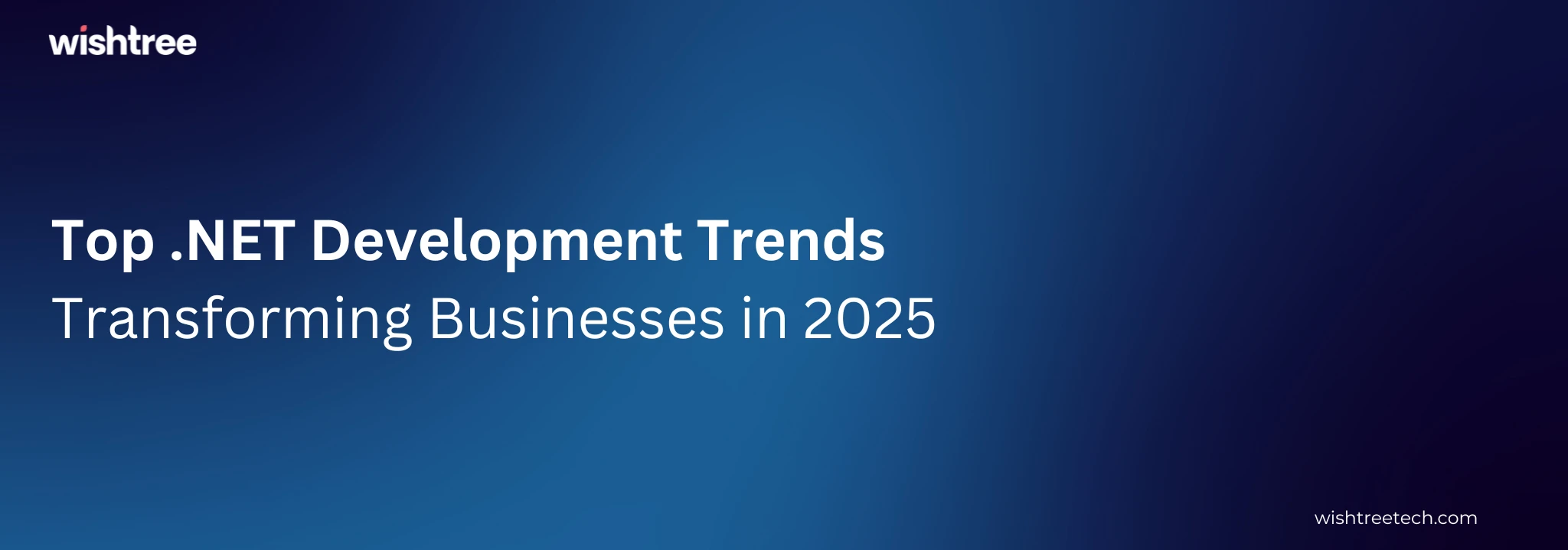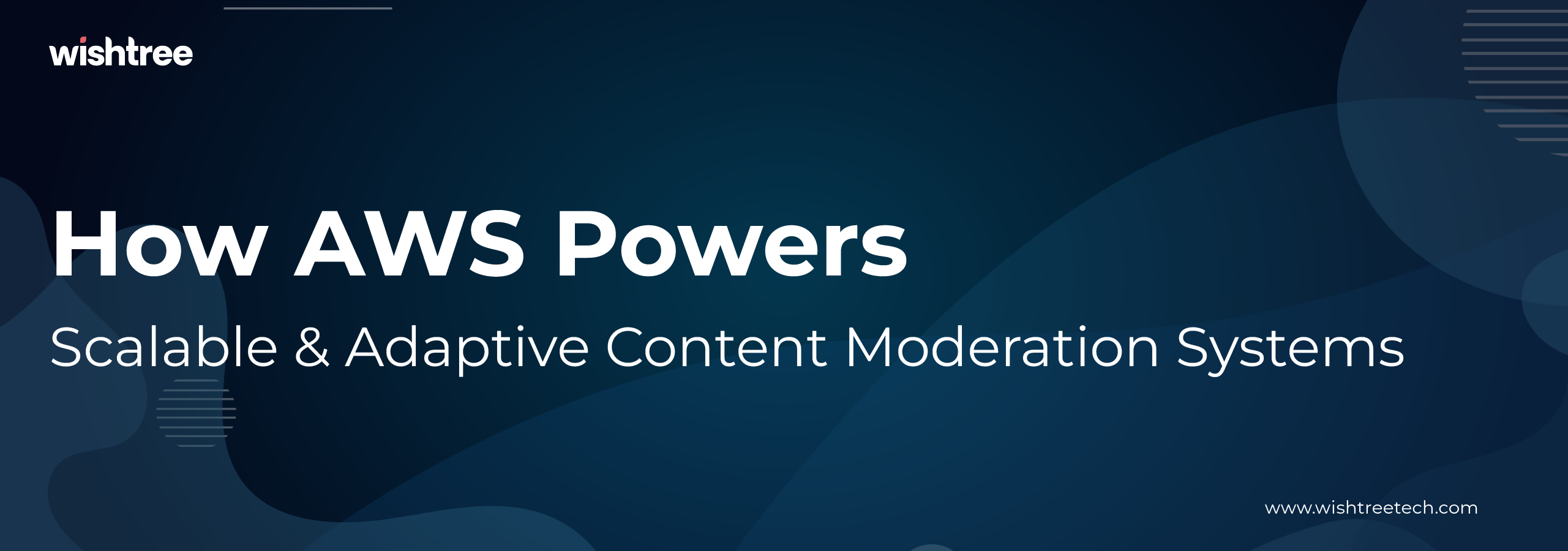Table of Contents
Serverless computing represents a significant departure from traditional infrastructure models.
In this paradigm, developers write and deploy individual functions or pieces of code without having to worry about managing underlying servers or infrastructure. Platforms like AWS Serverless have popularized the serverless approach, enabling developers to build applications without provisioning or managing servers. With Azure Functions and Google Cloud Functions, you can deploy code that automatically scales based on demand, providing both flexibility and cost-effectiveness.
This shift has profound implications for application development. Serverless computing offers significant advantages for building scalable, cost-effective, and event-driven applications, particularly in the context of cloud cost optimization and performance management.
Understanding Serverless Architecture: The Building Blocks
Serverless architecture is composed of several key components that work together to provide a scalable and flexible platform for application development. These components include:
- Functions: Functions are the core building blocks of serverless applications. They are small, self-contained units of code you can trigger by events. You can write functions in various programming languages. You can also execute them on demand.
- Triggers: Triggers are events that initiate the execution of functions. Common triggers include API calls, database changes, file uploads, and messages from messaging queues.
- Managed infrastructure: The cloud provider manages the underlying infrastructure, including servers, storage, and networking. This allows developers to focus on building their applications without worrying about infrastructure management.
Additional Components of Serverless Architecture
While functions, triggers, and managed infrastructure are the core components of serverless architecture, there are several other elements that can be included:
- API Gateway: An API gateway acts as a front door for serverless applications, handling API calls and routing them to the appropriate functions.
- Event-driven bus: An event-driven bus is a messaging system that allows functions to communicate with each other and external systems by publishing and subscribing to events, contributing to effective cloud cost optimization and performance management.
- Data storage: Serverless applications often rely on managed data storage services, such as databases, object storage, and file systems.
- Monitoring and logging: Now, you can understand the performance and behavior of serverless applications with certain essential tools. These are monitoring and logging tools.
Also, they are crucial for cloud cost optimization and performance management.
- Security: Security measures, such as authentication, authorization, and data encryption, are critical for protecting serverless applications.
Benefits of Serverless Computing
Serverless computing offers numerous advantages that make it an attractive option for building modern applications. Here are some of the key benefits:
- Scalability: Serverless functions can automatically scale up or down to handle varying workloads, ensuring optimal performance and resource utilization. This eliminates the need for manual scaling and reduces the risk of underutilization or resource bottlenecks, aiding in cloud cost optimization and performance management.
- Cost-efficiency: Serverless computing follows a pay-as-you-go pricing model, meaning you only pay for the resources you consume. This can significantly reduce costs compared to traditional infrastructure, as you don’t have to pay for idle capacity, thereby enhancing cloud cost optimization and performance management.
- Reduced operational overhead: By managing the underlying infrastructure, serverless providers relieve developers and IT teams of the burden of managing servers, operating systems, and networking. This frees up valuable resources and allows teams to focus on building and maintaining applications, facilitating better cloud cost optimization and performance management.
- Rapid development and deployment: You can develop and deploy serverless functions quickly. Thus, you can also accelerate time-to-market. This is especially beneficial for iterative development and experimentation.
- Event-driven architecture: Serverless computing is naturally suited for event-driven architectures. Thus, applications can respond to events in real-time. And, they can also trigger actions based on specific conditions. Then, this contributes to cloud cost optimization and performance management.
Automatic Scaling: The Power of Serverless
One of the most significant advantages of serverless computing is its ability to automatically scale to handle varying workloads. Unlike traditional infrastructure, where manual scaling or provisioning of additional resources is required, serverless functions can dynamically adjust to changes in demand, enhancing cloud cost optimization and performance management.
How Automatic Scaling Works
- Event-driven scaling: Serverless platforms monitor incoming events and automatically adjust the number of instances running to handle the workload. For example, if a surge in API calls is detected, the platform will automatically provision additional instances to process the requests, ensuring optimal cloud cost optimization and performance management.
- Real-time scaling: Scaling decisions are made in real-time based on the current workload, ensuring optimal resource utilization and performance.
- Granular scaling: Serverless platforms can scale individual functions independently, allowing for fine-grained control over resource allocation, further supporting cloud cost optimization and performance management.
Benefits of Automatic Scaling
- Improved performance: Automatic scaling ensures that applications can handle peak loads without experiencing performance degradation, which is vital for cloud cost optimization and performance management.
- Cost optimization: By scaling up or down as needed, organizations can avoid paying for idle resources, aiding cloud cost optimization and performance management.
- Reduced operational overhead: Automatic scaling eliminates the need for manual provisioning and management of infrastructure.
Cost-Efficiency: Paying Only for What You Use
Serverless computing offers a pay-as-you-go pricing model, meaning you only pay for the resources you actually consume. This can result in significant cost savings compared to traditional infrastructure, where you often pay for upfront costs and idle capacity, thus facilitating cloud cost optimization and performance management.
How Serverless Reduces Costs
- No upfront costs: There are no upfront costs associated with serverless computing. You only pay for the resources you use when your functions are executed, promoting cloud cost optimization and performance management.
- Granular billing: Serverless platforms typically charge based on the number of executions, the duration of executions, and the amount of data processed. This allows for precise cost control and optimization.
- Automatic scaling: Serverless functions can automatically scale up or down to match demand, ensuring that you only pay for the resources you need.
- Reduced operational overhead: By eliminating the need for managing infrastructure, serverless computing can reduce operational costs associated with hardware, software, and personnel.
Cost Optimization Strategies
Optimize function code: Write efficient and optimized code to minimize execution time and reduce costs.
- Use caching: Implement caching mechanisms to reduce the number of function executions and improve performance.
- Leverage batch processing: For large workloads, consider using batch processing to reduce costs by processing data in bulk.
- Monitor and optimize usage: Regularly monitor your serverless usage and identify opportunities for cost optimization.
Understanding Event-Driven Architecture
Event-driven architecture is a design paradigm where applications are built around the production and consumption of events.
Events are occurrences or changes in a system that trigger actions or workflows. In an event-driven architecture, components are loosely coupled through events, allowing for greater flexibility, scalability, and responsiveness.
Benefits of Event-Driven Architecture
- Decoupling: Components in an event-driven architecture are loosely coupled, meaning they can be developed, deployed, and scaled independently. This improves maintainability and reduces the risk of cascading failures.
- Scalability: Event-driven architectures can scale horizontally to handle increasing workloads by adding more processing nodes. This ensures that applications can handle peak loads without performance degradation.
- Real-time processing: Events can be processed in real-time, enabling applications to respond quickly to changes and trigger immediate actions.
- Asynchronous processing: Event-driven architectures allow for asynchronous processing, where tasks can be executed independently and in parallel. This can improve performance and reduce latency.
- Flexibility: Event-driven architectures are highly flexible and can adapt to changing requirements. New components can be easily added or removed without affecting the overall system.
- Resilience: Event-driven architectures can be more resilient to failures, as components can continue to operate even if others fail.
Common Event Sources in Event-Driven Architecture
Event-driven architectures rely on various event sources to trigger actions and workflows. Here are some common event sources:
- API calls: Applications can generate events based on API calls, such as user actions, data requests, or webhooks.
- Database changes: Changes to data in databases can trigger events, such as INSERT, UPDATE, or DELETE operations.
- IoT devices: IoT devices can generate events based on sensor data, user interactions, or other triggers.
- Message queues: Messages sent to message queues can be used as events to trigger functions or workflows.
- File system changes: Changes to files or directories can trigger events, such as file uploads, deletions, or modifications.
- Timers: Scheduled events can be triggered based on timers or time-based criteria.
- User actions: User actions, such as clicks, button presses, or form submissions, can be used to trigger events.
Building Event-Driven Serverless Applications
To build event-driven serverless applications, developers need to follow a few key steps:
- Identify events: Determine the events that will trigger functions in your application. Consider the business logic and user interactions that will drive your application.
- Design functions: Create functions that handle the logic associated with each event. Functions should be small, focused, and reusable.
- Configure triggers: Associate triggers with functions to define when they should be executed. For example, an API call might trigger a function to process a request, while a database change might trigger a function to update a cache.
- Implement event-driven patterns: Consider using common event-driven patterns, such as publish-subscribe, fan-out, and saga, to manage event flows and dependencies.
- Handle errors and retries: Implement error handling mechanisms to gracefully handle exceptions and retries.
- Test and debug: Thoroughly test your event-driven application to ensure it functions as expected. Use debugging tools to identify and resolve issues.
Pay-as-You-Go Pricing: The Benefits of Serverless
One of the most significant advantages of serverless computing is its pay-as-you-go pricing model. This means you only pay for the resources you actually consume, eliminating the need for upfront costs or long-term commitments.
Key Benefits of Pay-as-You-Go Pricing
- Reduced upfront costs: There are no upfront costs associated with serverless computing, allowing organizations to start small and scale as needed.
- Optimized resource utilization: Pay-as-you-go pricing incentivizes efficient resource utilization, as you only pay for what you use.
- Flexibility: You can easily adjust your resource allocation to meet changing demands, avoiding the costs of overprovisioning.
- Reduced financial risk: By avoiding long-term commitments, you reduce your exposure to financial risk in case your application’s usage changes.
How Pay-as-You-Go Pricing Works
- Granular billing: Serverless platforms typically charge based on the number of function executions, the duration of executions, and the amount of data processed. This allows for precise cost control and optimization.
- Automatic scaling: Serverless functions can automatically scale up or down to match demand, ensuring that you only pay for the resources you need.
- Transparent pricing: Serverless providers typically offer clear and transparent pricing models, making it easy to understand and manage your costs.
Reduced Operational Overhead
One of the significant advantages of serverless computing is the reduction in operational overhead. By managing the underlying infrastructure, serverless providers relieve developers and IT teams of the burden of managing servers, operating systems, and networking. This frees up valuable resources and allows teams to focus on building and maintaining applications.
Key benefits of reduced operational overhead
- Simplified management: Serverless platforms handle the complexities of infrastructure management, such as patching, scaling, and security. This reduces the administrative burden on IT teams.
- Faster time to market: Developers can focus on building and deploying applications without being bogged down by infrastructure management. This accelerates time-to-market and improves agility.
- Reduced maintenance costs: By eliminating the need for managing infrastructure, organizations can reduce maintenance costs associated with hardware, software, and personnel.
- Improved reliability: Serverless providers typically have robust infrastructure and redundancy in place, ensuring high availability and reliability.
How Serverless Reduces Operational Overhead
- Automatic scaling: Serverless platforms automatically scale resources to meet demand, eliminating the need for manual provisioning and management.
- Managed infrastructure: Serverless providers handle the management of underlying infrastructure, including servers, storage, and networking.
- Simplified deployment: Serverless functions can be deployed with a few clicks, reducing the complexity of deployment processes.
- Reduced security concerns: Serverless providers often implement strong security measures, reducing the burden on organizations to manage security patches and updates.
Optimizing Costs in Serverless Environments
While serverless computing offers a pay-as-you-go pricing model, there are still opportunities to optimize costs and maximize your return on investment.
Here are some tips for optimizing costs in serverless environments:
- Optimize function code: Write efficient and optimized code to minimize execution time and reduce costs. Use techniques like lazy loading, caching, and avoiding unnecessary network calls.
- Leverage batch processing: For large workloads, consider using batch processing to process data in bulk, which can be more cost-effective than processing data in real-time.
- Use reserved concurrency: If you have predictable workloads, consider using reserved concurrency to reserve a specific number of function instances, which can provide cost savings.
- Monitor and optimize usage: Regularly monitor your serverless usage and identify opportunities for cost optimization. Use tools provided by your cloud provider to analyze your usage patterns and identify areas for improvement.
- Consider serverless-specific optimizations: Some serverless platforms offer specific optimization features, such as cold start optimization or custom runtimes. Explore these options to further reduce costs.
- Rightsize your resources: Ensure that your serverless functions are configured with the appropriate amount of memory and CPU resources. Overprovisioning can lead to unnecessary costs.
- Leverage serverless frameworks: Use serverless frameworks and tools to simplify development and improve efficiency. These frameworks often include built-in optimization features.
Optimizing Serverless Functions for Performance and Cost-Efficiency
Optimizing serverless functions is crucial for ensuring efficient execution and minimizing costs. Here are some techniques to consider:
- Reduce cold start time: Cold start occurs when a function is executed for the first time after a period of inactivity. To reduce cold start time, consider using techniques like pre-warming functions or leveraging managed functions that are always running.
- Minimize memory usage: Use memory efficiently within your functions to reduce the amount of resources allocated. Avoid unnecessary data storage and optimize data structures.
- Batch processing: For certain workloads, processing data in batches can be more efficient than processing it individually. Consider using batch processing to reduce the number of function invocations and improve performance.
- Caching: Implement caching mechanisms to store frequently accessed data in memory, reducing the need for expensive database or API calls.
- Asynchronous processing: Use asynchronous operations when possible to avoid blocking the main thread and improve response times.
- Avoid unnecessary network calls: Minimize network calls to external services to reduce latency and improve performance.
- Leverage serverless-specific optimizations: Some serverless platforms offer specific optimization features, such as custom runtimes or built-in libraries. Explore these options to improve your functions’ performance.
Error Handling and Monitoring: Essential for Serverless Success
Robust error handling and monitoring are crucial for ensuring the reliability and performance of serverless applications. By implementing effective error handling and monitoring strategies, organizations can identify and address issues promptly, minimizing downtime and maintaining a positive user experience.
Importance of Error Handling
- Identify and resolve issues: Effective error handling allows you to identify and address issues before they impact users. This can prevent downtime, improve performance, and maintain a positive user experience.
- Improve application resilience: By handling errors gracefully, your application can remain resilient and continue to operate even in the face of unexpected challenges.
- Gather valuable insights: Error tracking can provide valuable insights into application behavior, helping you identify performance bottlenecks and areas for improvement.
Importance of Monitoring
- Proactive issue detection: Monitoring allows you to proactively identify and address issues before they impact users.
- Performance optimization: Monitoring can help you identify performance bottlenecks and optimize your application for efficiency.
- Compliance and auditing: Monitoring can help you comply with industry regulations and standards, as well as meet internal auditing requirements.
Best Practices for Error Handling and Monitoring:
- Implement centralized logging: Use a centralized logging solution to collect and analyze logs from your serverless functions.
- Use error handling mechanisms: Implement try-catch blocks and exception handling mechanisms to gracefully handle errors within your functions.
- Monitor key metrics: Monitor key metrics such as function execution time, error rates, and resource usage to identify performance issues.
- Set up alerts: Configure alerts to notify you of critical errors or performance issues.
- Leverage monitoring tools: Use specialized monitoring tools designed for serverless applications to gain deeper insights into your application’s behavior.
Security Considerations for Serverless Environments
Serverless computing offers many benefits, but it also introduces new security challenges. To protect your serverless applications and data, it’s essential to implement robust security measures.
Key Security Best Practices
- Identity and access management (IAM): Implement strong IAM policies to control who can access and execute your serverless functions. Use features like role-based access control (RBAC) to grant users only the necessary permissions.
- Data encryption: Encrypt sensitive data at rest and in transit to protect it from unauthorized access. Use encryption techniques like HTTPS and TLS for data in transit, and encrypt data stored in databases or object storage.
- Input validation: Validate all input data to prevent injection attacks and other malicious activities. Sanitize user input and avoid code injection vulnerabilities.
- API security: If your serverless application exposes APIs, implement robust API security measures, such as authentication, authorization, and rate limiting.
- Network segmentation: Isolate your serverless functions from other workloads to reduce the risk of lateral movement if a breach occurs.
- Monitoring and logging: Continuously monitor your serverless environment for suspicious activity and anomalies. Enable logging to track function executions and identify potential security incidents.
- Vulnerability management: Regularly scan your serverless environment for vulnerabilities and patch them promptly.
- Supply chain security: Be mindful of the security of third-party libraries and dependencies used in your serverless functions.
- Incident response planning: Develop an incident response plan to address security breaches effectively.
Conclusion: the Power of Serverless Computing
Serverless computing offers a powerful and innovative approach to building scalable, cost-effective, and event-driven applications.
Wishtree Technologies is a leading provider of cloud solutions. Our team of experts can help you explore the potential of serverless computing and develop custom solutions tailored to your specific needs.
Whether you’re looking to modernize existing applications or build new ones from scratch, we are here to provide the guidance and support you need to succeed.
Contact us today to learn more about how to get started with serverless computing.





